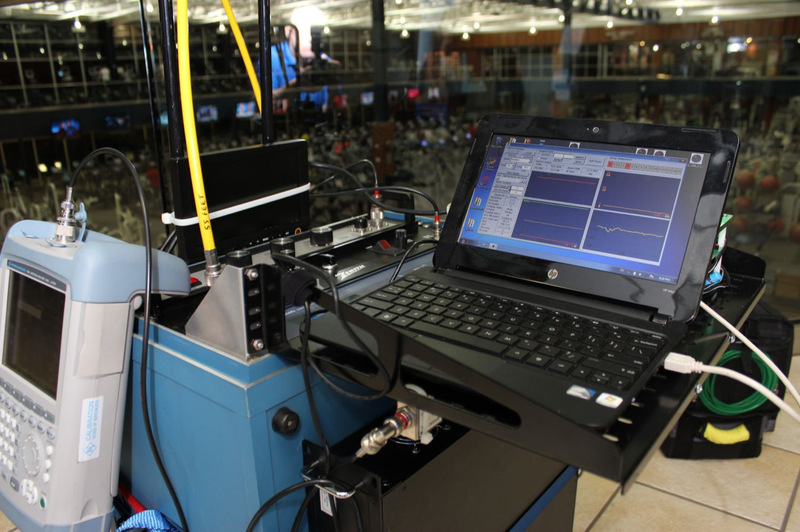Futurecast Demo Shows Simultaneous 4K, HD and Mobile Reception

MADISON, WIS. Quincy Group’s WKOW-TV conducted a second round of real-world broadcast field testing with the Futurecast Universal Terrestrial Broadcasting System.
Futurecast is a contributor to the physical layer of ATSC 3.0, the broadcast transmission standard that is currently in development. Futurecast was co-developed by LG Electronics, its U.S. R&D subsidiary Zenith, and GatesAir. Results from initial field tests completed in August demonstrated delivery of 4K ultra HD content and two mobile TV streams in a 6 MHz channel, with optimized indoor reception.
The summer field test in Madison collected nearly 50,000 pieces of data from scores of reception sites, including inside buildings, in fast-moving vehicles and at locations ranging from downtown to 50 miles from the transmitter. This week’s follow-up testing is evaluating performance of hardware and software enhancements.
Today’s three-hour Futurecast broadcasts on WKOW’s Ch. 26 (PSIP 27), which began at 1 a.m., allowed outside observers (including representatives of the Wisconsin Broadcasters Association) to see the new transmission system in action.
“It’s exciting to play a role in the establishment of next-gen standards that will usher in the future of television,” said Brady Dreasler, chief engineer for Quincy Group, parent company of WKOW-TV in Madison. “Based on what I’ve seen in these Futurecast tests, the new standard will enable exciting new business models for broadcasters and exciting new services for viewers.”
The Futurecast Universal Terrestrial Broadcasting System is said to optimize broadcast capabilities for fixed, portable and mobile use.
“Initial testing results show the promise of the ATSC 3.0 standard to redefine television broadcasting. The Futurecast system is designed to fully meet broadcasters’ requirements for the ATSC 3.0 physical layer and advances the goal of moving rapidly to next-gen broadcasting,” said Dr. Skott Ahn, president and chief technology officer, LG Electronics, co-developer of the Futurecast system.
Rich Redmond, chief product officer for Futurecast co-developer Gates Air, said, “Futurecast, which we first demonstrated for the broadcast industry at April’s NAB Show, represents technology breakthroughs that will give broadcasters the transmission technology needed to support new business models, including mobile and LTE network offload, and compete effectively in the 21st Century.”
According to its makers, key elements of the Futurecast system include:
- Data throughput increases of 30 percent and improved multipath performance (compared with the current DTV standard) for fixed and portable TV reception;
- Energy-saving features for consumer receivers and enhanced indoor TV signal penetration for mobile reception thanks to flexible system parameter choices;
- Advanced modes for delivery of very high data rates and very robust transmission capabilities;
- State-of-the-art error correction coding and signal constellations;
- Future Extension Frames to support evolution of future broadcast systems; and,
- Improved single frequency network service.
The increased payload capacity of the physical layer combined with HEVC encoding will allow broadcasters many more options when planning their broadcast service offering. Designed for easy extension to various current and future transport formats, Futurecast optimizes efficiency for the most-used data formats (Internet Protocol, Transport Stream) via customized stream compression.
The system supports single-frequency networks and/or multiple transmitters and addresses co-channel and adjacent-channel interference challenges related to the anticipated UHF spectrum repacking, according to the system's creators.
Get the TV Tech Newsletter
The professional video industry's #1 source for news, trends and product and tech information. Sign up below.
